Karbi Anglong Tourism
Search related to Assam Tourism

Karbi Anglong is a district located in the Indian state of Assam. The district is known for its lush green hills, deep forests, and scenic beauty. Karbi Anglong has a rich cultural heritage and is home to several indigenous communities. The district is also known for its agriculture and tourism industry.
History
Karbi Anglong has a rich history that dates back to the prehistoric period. The district was originally inhabited by the Karbi people, who are believed to be the descendants of the Mongoloid race. The Karbi people have a distinct culture and language, and they have been living in the region for thousands of years.
During the medieval period, the region was ruled by the Kachari kingdom. The Kachari kingdom was a powerful kingdom that ruled over a large part of Assam. The kingdom was known for its artistic and cultural achievements, and it played a significant role in the development of the region.
In the 19th century, the British East India Company established its rule over the region. The British introduced tea cultivation in the area, which led to the growth of the economy. However, the British also exploited the local people and resources, which led to several uprisings and revolts.
After India gained independence in 1947, Karbi Anglong became a part of the state of Assam. In the 21st century, the district has witnessed several conflicts and insurgencies, primarily due to demands for autonomy and a separate state.
Geography
Karbi Anglong is located in the northeastern part of India and is bordered by the states of Nagaland, Manipur, and Meghalaya. The district covers an area of 10,434 square kilometers and has a population of around 1.2 million people. The district is known for its rugged hills, deep valleys, and dense forests.
The district is home to several rivers, including the Brahmaputra, the Diphu, and the Kopili. The rivers provide water for irrigation and hydroelectric power generation. The district is also known for its wildlife, including elephants, tigers, leopards, and deer.
Demographics
Karbi Anglong has a diverse population, with several indigenous communities living in the region. The district is home to the Karbi people, who are the largest ethnic group in the area. Other ethnic groups living in the region include the Dimasa, Bodo, and Hmar.
The official language of the district is Assamese, but several other languages, including Karbi, Dimasa, and Bodo, are also spoken. The literacy rate in the district is around 67%, which is lower than the national average.
Economy
Karbi Anglong's economy is primarily based on agriculture and tourism. The district is known for its tea cultivation, which is a major source of income for the local people. The district also produces rice, sugarcane, and fruits.
The tourism industry is an essential part of the district's economy. The district is home to several natural and cultural attractions, including wildlife sanctuaries, waterfalls, and historical sites. The district has several hotels and resorts that cater to tourists.
Culture
Karbi Anglong has a rich cultural heritage, and the district is known for its music, dance, and festivals. The Karbi people have a distinct culture and language, and they celebrate several festivals throughout the year. The Rongker festival is one of the most significant festivals celebrated in the district. The festival is celebrated to appease the gods and to bring good luck and prosperity to the people.
- State :
- Assam
How to Reach Karbi Anglong
Complete List of Tehsils in Karbi Anglong District, Assam
| S.No | Tehsil / Taluk Name | District Name | State Name |
|---|---|---|---|
| 1 | Bokajan | Karbi Anglong | Assam |
| 2 | Diphu | Karbi Anglong | Assam |
| 3 | Donka | Karbi Anglong | Assam |
| 4 | Donkamokam | Karbi Anglong | Assam |
| 5 | Hamren | Karbi Anglong | Assam |
| 6 | Hojai | Karbi Anglong | Assam |
| 7 | Nagaon | Karbi Anglong | Assam |
Discover Exciting Places to Visit in Agra, Uttar Pradesh - Your Ultimate Travel Guide
Are you ready to explore the wonders of Agra, Uttar Pradesh? From the majestic Taj Mahal to hidden gems waiting to be discovered, our travel guide unveils the most captivating
Explore Exciting Places to Visit in Mumbai, Maharashtra - Your Ultimate Travel Guide
Ready for an adventure? Mumbai, in the beautiful state of Maharashtra, is packed with amazing places waiting to be explored! From iconic landmarks to hidden gems, Mumbai has something for
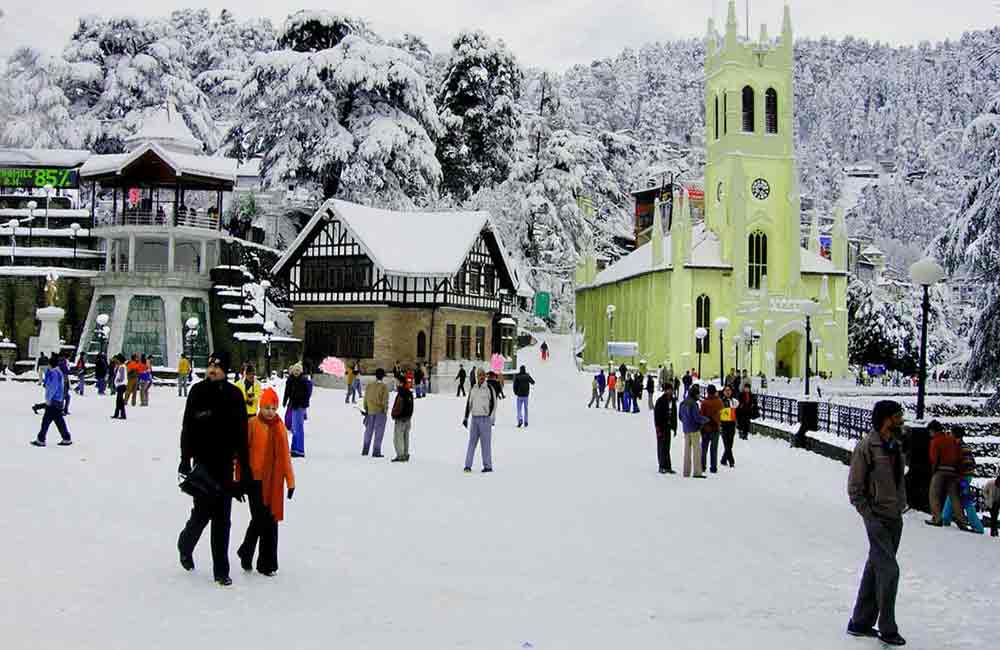
Explore the Wonderful Places to Visit in Manali, Himachal Pradesh - Your Ultimate Guide!
Ready for an exciting adventure? Discover the places to visit in Manali, Himachal Pradesh! From snowy mountains to lush valleys, there's something for everyone. Plan your trip now and explore
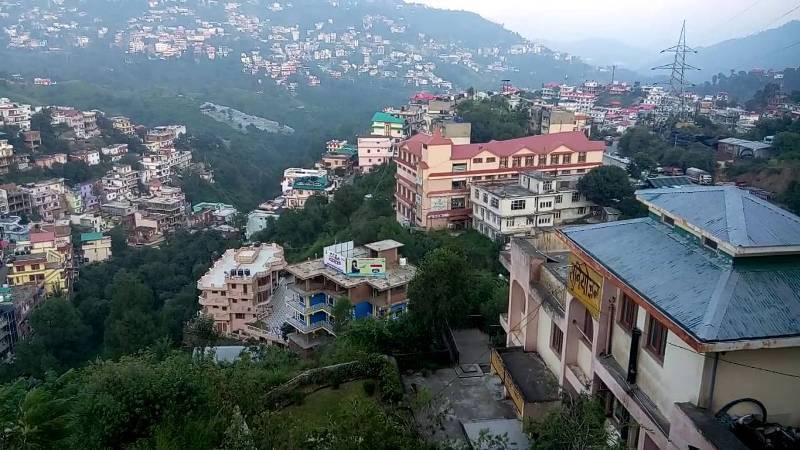
Places to Visit in Solan Himachal Pradesh - Explore the Best Tourist Spots
Discover the enchanting beauty of Solan Himachal Pradesh by exploring its myriad tourist spots. Whether you're seeking adventure or tranquility, Solan has something for everyone. From lush green valleys to
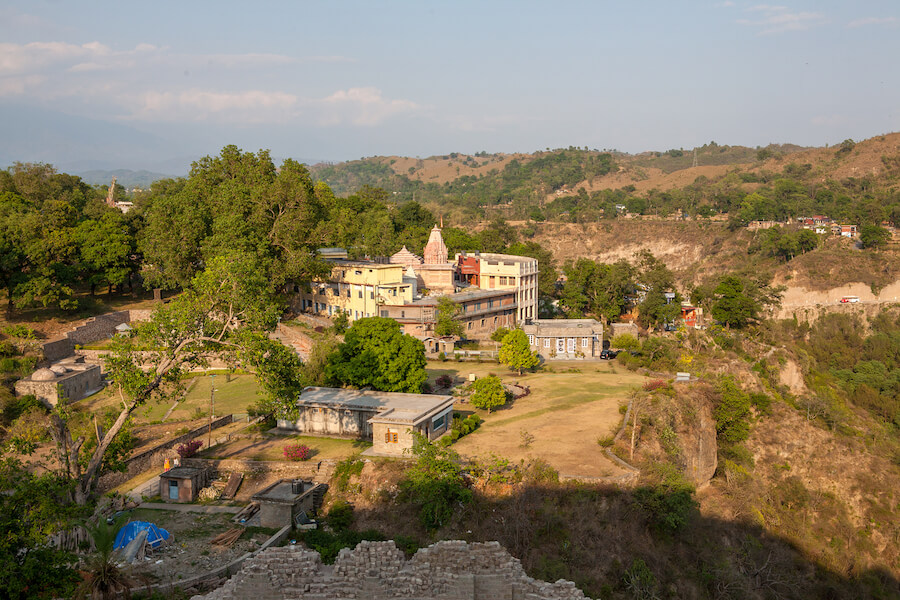
Discover the Best Places to Visit in Kangra, Himachal Pradesh: A Traveler's Guide
Ready for an exciting journey? Kangra, Himachal Pradesh welcomes you with open arms! Explore ancient temples, lush landscapes, and more in this enchanting valley. Let's uncover the best places to
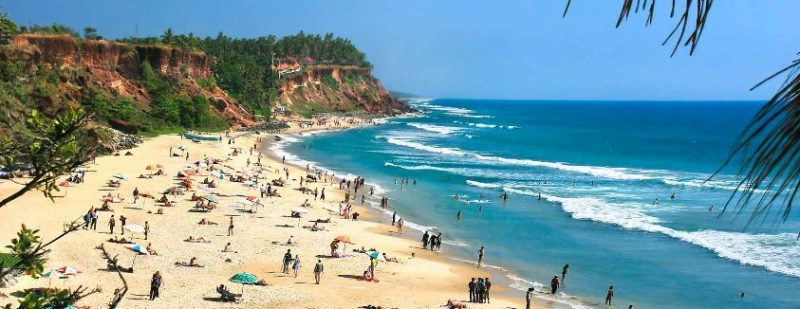
Explore Incredible Places to Visit in Varkala, Kerala: A Guide
Are you ready for an adventure? Varkala in Kerala is waiting for you! Discover the magic of this beautiful place with our guide to the best places to visit. From
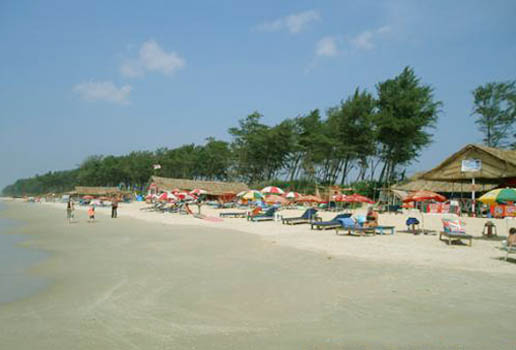
Explore Panaji, Goa: Discover the Best Places to Visit in the City
Ready for an adventure? Panaji, located in Goa, is packed with exciting places to visit. From ancient forts to picturesque beaches, there's never a dull moment in this lively city.
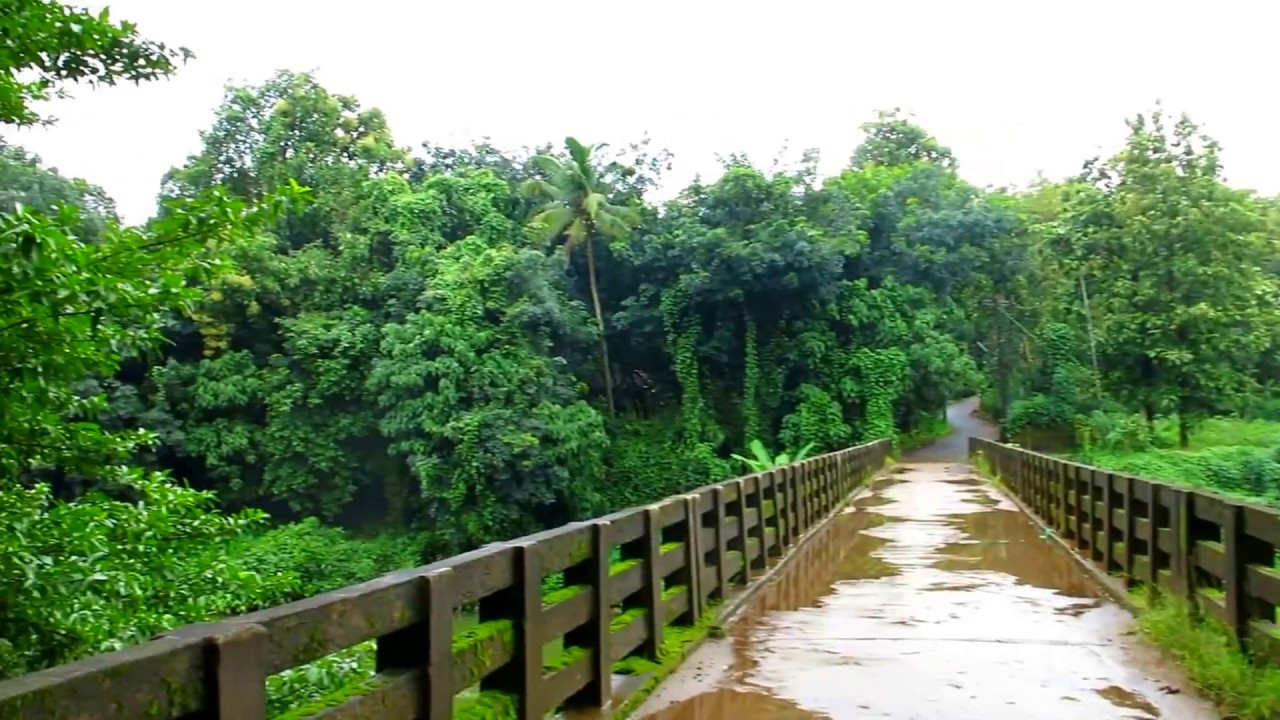
Explore the Best Places to Visit in Thrissur, Kerala – A Perfect Guide for Your Next Adventure!
Are you ready to explore Thrissur, Kerala? Get ready for an exciting journey through this vibrant city! Discover its rich history, stunning landmarks, and fascinating culture. With our guide to
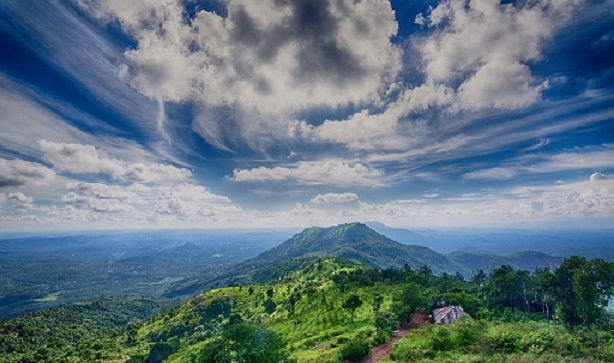
Explore the Best Places to Visit in Malappuram, Kerala - A Traveler's Guide
Dive into the beauty of Malappuram, Kerala with our ultimate travel guide! From picturesque beaches to fascinating historical sites, explore the best places to visit in Malappuram Kerala. Whether you're
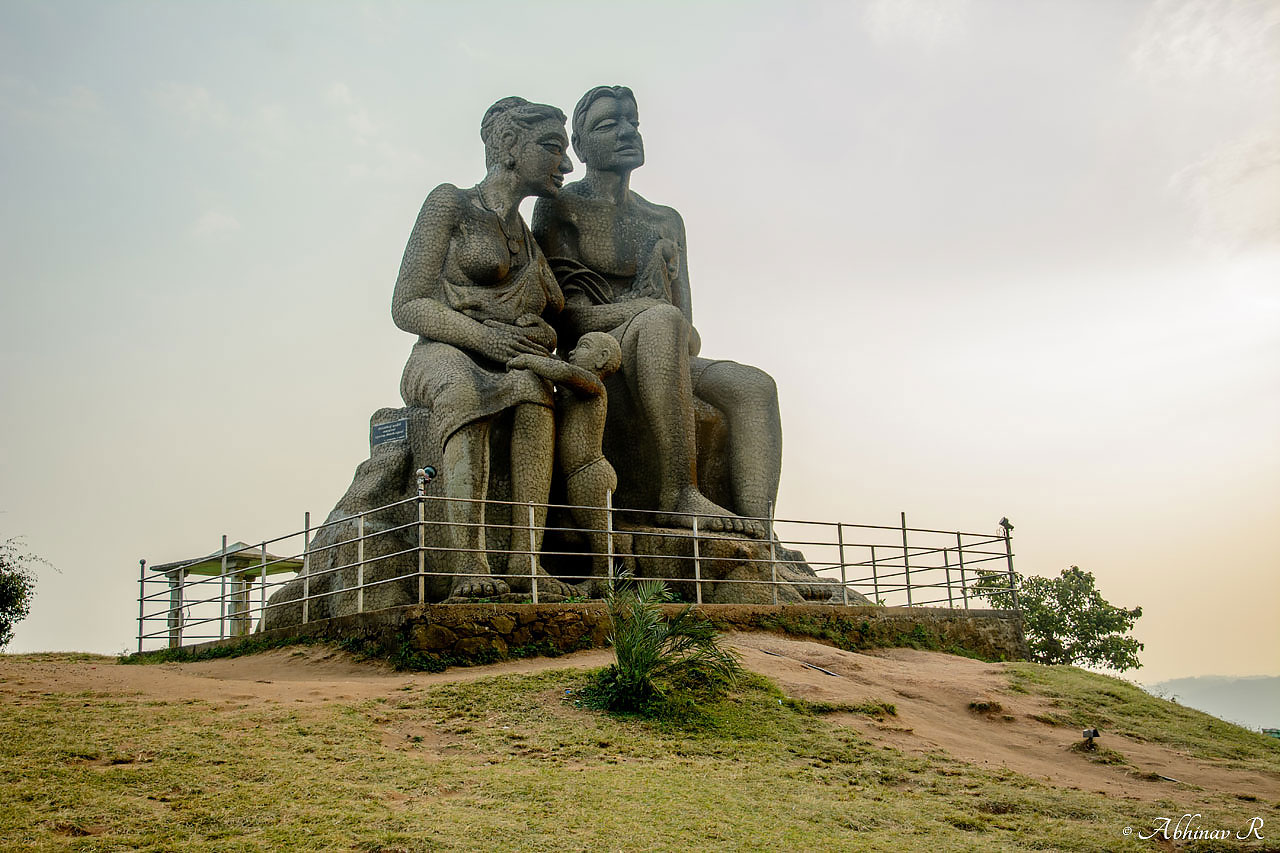
Explore the Best Places to Visit in Idukki, Kerala - A Traveler's Guide
Discover the mesmerizing beauty of Idukki, Kerala with our guide to the best places to visit. From breathtaking landscapes to serene lakes, explore the charm of this enchanting destination. Whether
Top Stories
-

Explore the Charming Attractions: A Comprehensive Guide to the Best Places to Visit in Tezpur
-

Archaeological Site Museum, Sri Suryapahar
-

Here is 1 Best Places to visit in Dispur in 2024 you must add in your Travel List
-

Here is Best Places to visit in Silchar in 2024 you must add in your Travel List
-

Here is 2 Best Places to visit in Tinsukia in 2024 you must add in your Travel List


